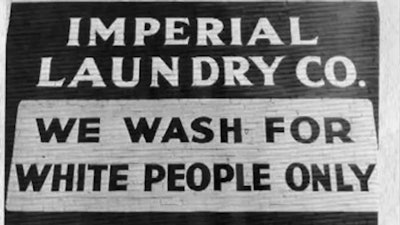
But a new research paper says the fact that African-American students are more likely than white students to enroll and make good grades at University of North Carolina institutions can be “explained entirely” by a remaining legacy of the Jim Crow era—the state’s operation of several HBCUs.
“Our research raises a policy dilemma regarding the strategies employed to address inequality,” states the paper, titled “Public Universities, Equal Opportunity, and the Legacy of Jim Crow: Evidence from North Carolina.”
“To the extent that opportunities for disadvantaged students depend on less selective, poorly-resourced institutions originally designed to serve one race, any expansion of these opportunities may well reduce disparities in educational attainment at the cost of perpetuating both segregation by race and inequality in the quality of education,” the paper states. “But the current stratification of students across campuses might be desirable, if students learn more when taught alongside others who share their educational aspirations, needs, and backgrounds.”
The authors—public policy professors Charles T. Clotfelter and Helen F. Ladd, of Duke University, and Jacob L. Vigdor, of the University of Washington—concede that “fully addressing this dilemma is well beyond the scope of this paper.”
The authors consider it “deeply ironic” that Black UNC students—by virtue of their attendance at the state’s five HBCUs—on average have a “remarkably more racially isolated experience in college than they had in 8th grade.”
“At the same time that the state’s HBCUs serve to raise the college enrollment rates of African–American students, the Jim Crow legacy embodied in these institutions intensifies racial isolation for black college students,” the paper states. “As a result, black students who enroll in the UNC system are likely to attend college classes with markedly higher percentages of black students than they had encountered in 8th grade.”















